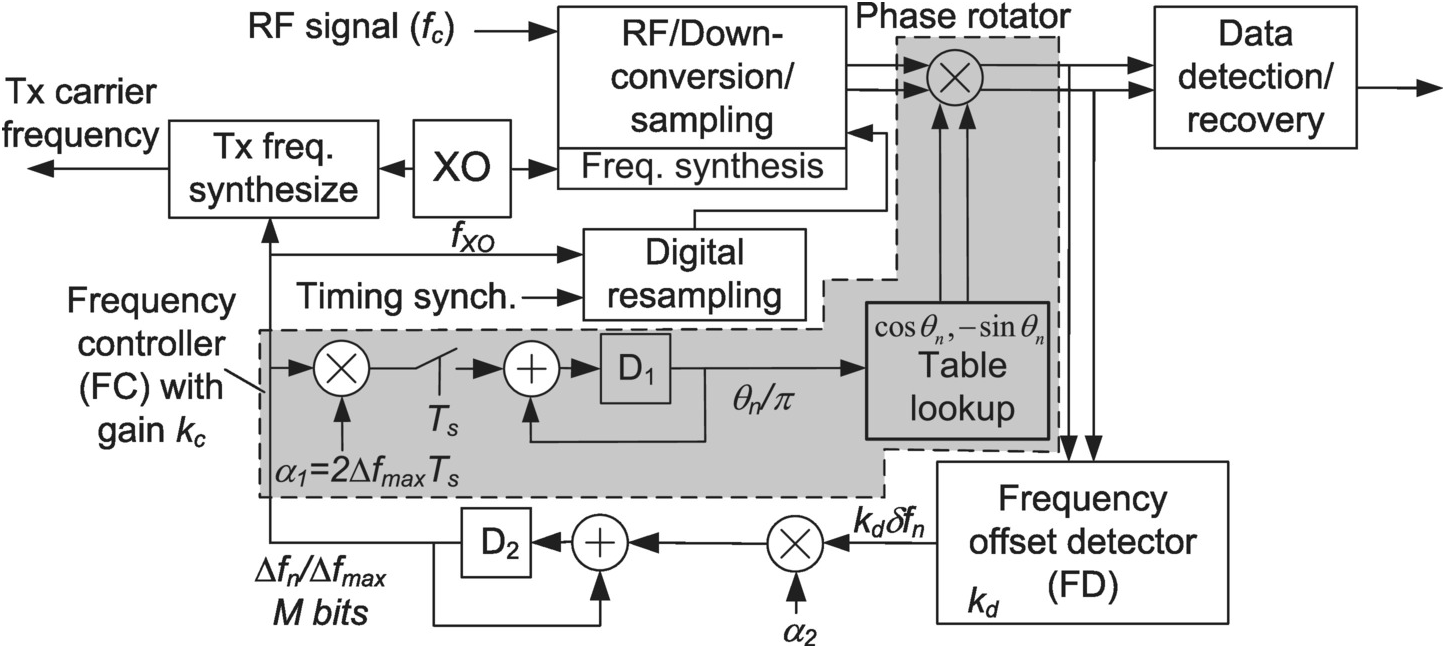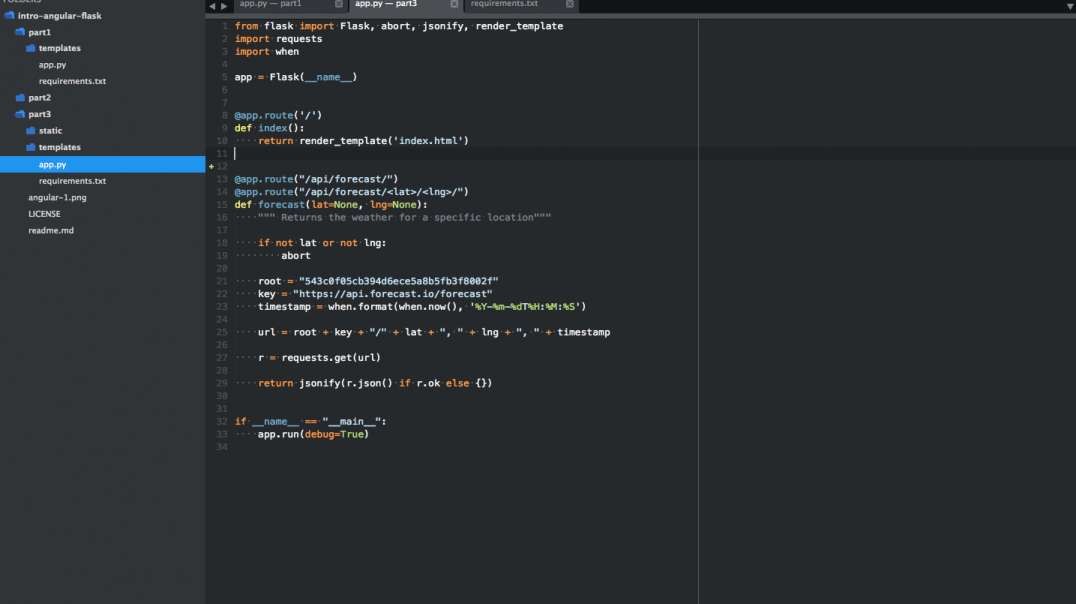Introduction

Synchronization is an integral part of any digital communication system that transmits digital information through a communication channel. It is such an important component in the design and implementation of a communication system that numerous books have been written on this subject since the beginning of the digital information era, which now spans over 60 years. As communication system developments have evolved over these past 60 years, especially in the design and implementation of new modulation/ demodulation techniques that achieve ever greater transmission rates in wireless communication channels, new synchronization techniques have also been developed to satisfy the more demanding system requirements. This book provides a novel treatment of synchronization techniques for the design of modern digital communication systems, especially code division multiple access (CDMA) and orthogonal frequency-division multiplexing (OFDM) wireless systems. Included in the book are thorough descriptions on key topics, namely, the design and implementation of methods for initial acquisition of various transmitted signal types, the design and implementation of digital phase-locked loops (PLLs), and the integration of PLLs in synchronization circuits and algorithms for carrier phase recovery and tracking, as well as in circuits and algorithms for obtaining symbol timing and tracking. Also treated in detail is the topic of resampling/rate conversion methods, which are widely used in performing timing phase adjustments in nearly all modern receivers for digital communication systems. The book is intended for engineers and related technical professionals who wish to acquire in-depth knowledge and understanding of state-of-the-art techniques in the design and implementation of synchronization for modern digital communication systems. The author of this book has a wealth of hands-on industrial experience in the design and implementation of wireless digital communication systems. His career in the telecommunications industry has spanned over 30 years. The synchronization techniques that are described in this book embody his contributions and those of a number of his colleagues working in this field.

Section 1 Digital Communication Systems
Until the late 1980s, analog modems were most widely used for data transmission over telephone wirelines. The techniques developed in digital communications from the 1960s through the mid-1980s were mainly targeted for wireline modems. Since then, various forms of digital transmission technologies have been developed and become popular for communication over digital subscriber loops, Ethernet, and wireless networks. The basic principles of synchronization techniques developed in the analog modem era have evolved. They are still being used directly or as the foundation of synchronization in other types of digital communication systems. Since the mid-1980s, wireless has taken over wireline as the main form of communication connecting our society and permeating citizens’ everyday life. Because of the widespread deployment of cellular communication systems, wireless technologies have been making impressive progress in all disciplines including synchronization.
Another important area of digital communications is satellite communication, which also experienced rapid progress during the same time period. While satellite communication has its unique properties, it also has many commonalities with wireline and wireless communications including those in the area of synchronization. In this book, we will focus mainly on the theories and techniques of synchronization for wireline and cellular-type wireless communication systems. However, what is discussed is also applicable to satellite communications.To achieve bidirectional communications, two communication channels are needed. The two channels can be physically independent or can share the same physical media. Over wirelines, communications in the two directions can be either symmetric or asymmetric. For wireless, such as mobile communications, they are most likely asymmetric in the two directions. Communications from wireless base stations to mobile devices are usually called forward link communications. Communications in the other direction, i.e., from devices to the base stations, are usually called reverse link communications. In this book, most techniques discussed and examples given for wireless communications are assumed for the forward link, although what is discussed can be adapted for the reverse link as well. In this chapter, an overview of the communication system and its main functional blocks is provided in Section 1.2. The details of the three major components of a typical communication system, i.e., the transmitter, the channel, and the receiver, are presented in Section 1.3. Section 1.4 provides a high-level view of the main synchronization functions in communication systems as an introduction to the subjects on which this book focuses. Sections 1.5 and 1.6 describe the basics of code division multiple access (CDMA) and orthogonal frequency-division multiplexing (OFDM) technologies to facilitate the discussion of synchronizations in communication systems that employ these technologies presented in later chapters.
Section 2 Detection and Estimation Theory
Detection and estimation theory is an important component of the theoretical foundation of digital communications. Many components of a receiver in a digital communication system are judged by the receiver’s optimality from a detection and estimation point of view. Detectors or estimators can be designed based on different criteria. However, some of these criteria may not be easily applied in practice, because either some of the conditions cannot be met or it is not possible to have all of the information needed. The most common optimal estimators are based on the maximum likelihood criterion and the maximum a posteriori (MAP) criterion, which will be presented in this chapter. In practice, it is desirable to compare the performance of a designed detector/estimator with that of a theoretically optimum one. A useful benchmark for such a comparison is the Cramer–Rao bound (C-R bound), which will be presented and discussed later in this chapter. We will also describe the Neyman–Pearson lemma, which is essential to establishing the optimality of the thresholding decision rule used in the detectors for initial acquisition and frame synchronization. What is presented in this chapter is primarily intended for facilitating the understanding of the subjects covered in this book, not for a general understanding of detection and estimation theory. Given the scope of this book, only the selected topics in detection and estimation theory that are pertinent to synchronization will be presented. For more information, readers are referred to the references on estimation and detection theory.
Section 3 Acquisition and Frame Synchronization
As the name indicates, initial acquisition, or simply acquisition, is the first step when a device tries to establish a communications link with a transmitter, which is connected to a network in most cases. The performance of acquisition determines how fast a communication link can be established, as well as how reliable the initial communication is. Hence, a well-designed initial acquisition mechanism is important to the overall receiver and system performance.
At the initial acquisition stage, the receiver in a device knows very little about the
characteristics of the communication link. Moreover, some of the receiver parameters, such as the frequency of the local oscillator, are not calibrated. This increases the difficulty of initial acquisition. Thus, efforts must be devoted to the design, analysis, and implementation of initial acquisition. The first step in initial acquisition is for the device to determine if the expected communication signal exists. In a multiple-access system, there could be more than one of such signals, and the receiver needs to select one of them based on certain predetermined criteria. Once such a signal is detected, the receiver needs to perform its second task, namely to extract various types of information from the detected signal so that the communication link can be established. Thus, the second important task of initial acquisition is to ensure that the receiver is ready, even if not perfectly, for the reception of data and control channels. One important aspect of the second task is to calibrate the receiver parameters, in particular, to calibrate the frequency error of the LO. This calibration is essential because the oscillator is free running prior to signal acquisition. This task is particularly crucial for system and device designers nowadays because, for cost reduction, low-cost and low-accuracy crystal oscillators (XOs) are preferred to more accurate yet more expensive ones. At the same time, the signals from the network transmitters must meet
the system requirements, which are usually quite stringent, and thus must be very accurate. Once the expected signal is acquired, the device’s receiver extracts the information carried by the signal and uses it to improve the accuracy of the local frequency reference. In addition to the estimate of the frequency offset of the local XOs, other initial estimates required by the receiver’s normal operations, including the timing for generating received signal samples, the state of the automatic gain control (AGC) circuitry.
Download PDF cours







No comments found